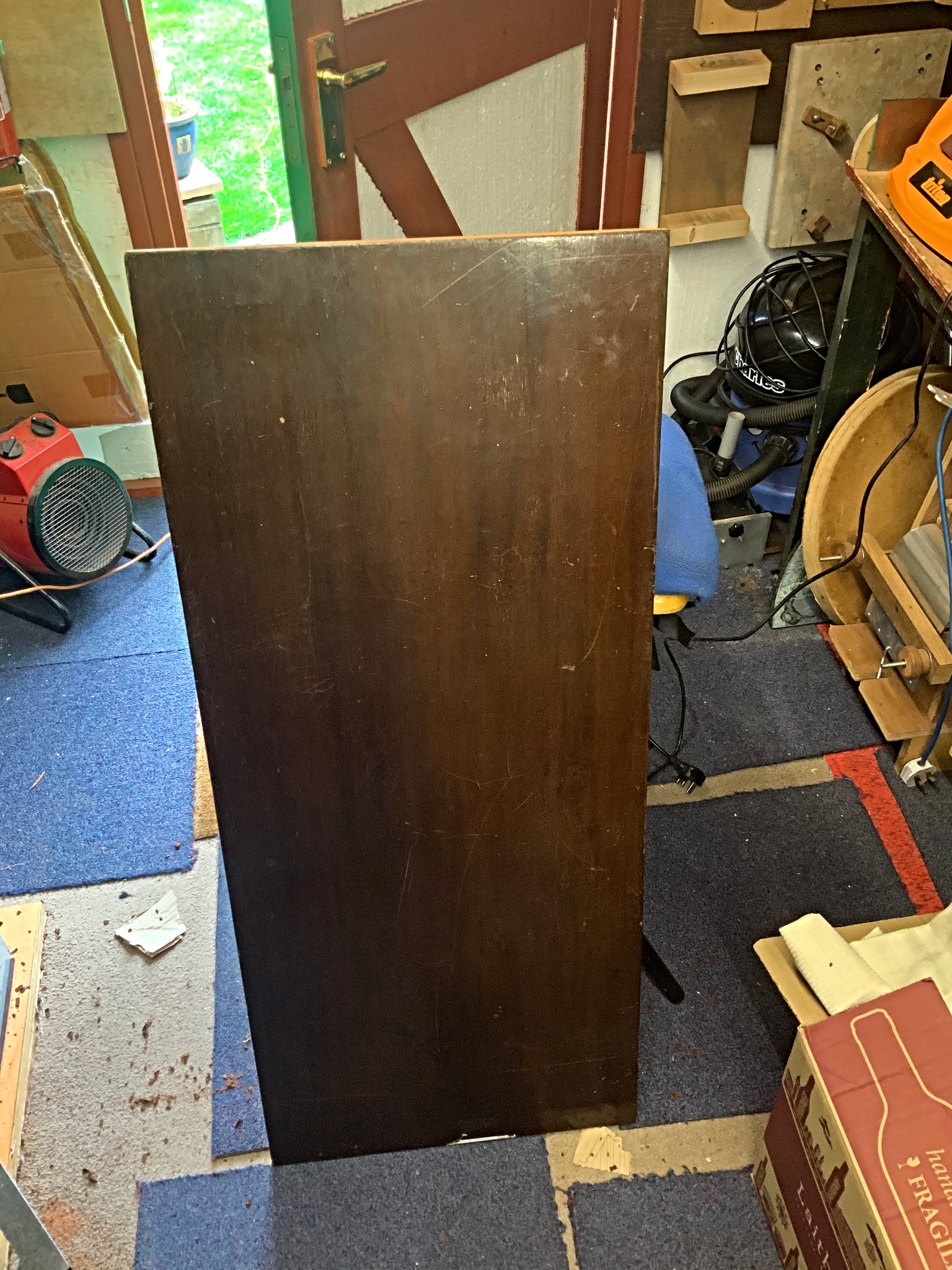Timbuck
Well-known member
I just received delivery of this board of African Mahogany/Khaya. ..it has quite a few knots but with a bit of juggling around them I recon I can get 10 sopranos out of it , Maybe more If I can get more than 4 slices out of it ..it’s 22.5mm thick so we’ll see.
 B93C8353-AD76-44B4-B81A-F8171E4D0C78 by Ken Timms, on Flickr
B93C8353-AD76-44B4-B81A-F8171E4D0C78 by Ken Timms, on Flickr
 B93C8353-AD76-44B4-B81A-F8171E4D0C78 by Ken Timms, on Flickr
B93C8353-AD76-44B4-B81A-F8171E4D0C78 by Ken Timms, on Flickr
Last edited:



